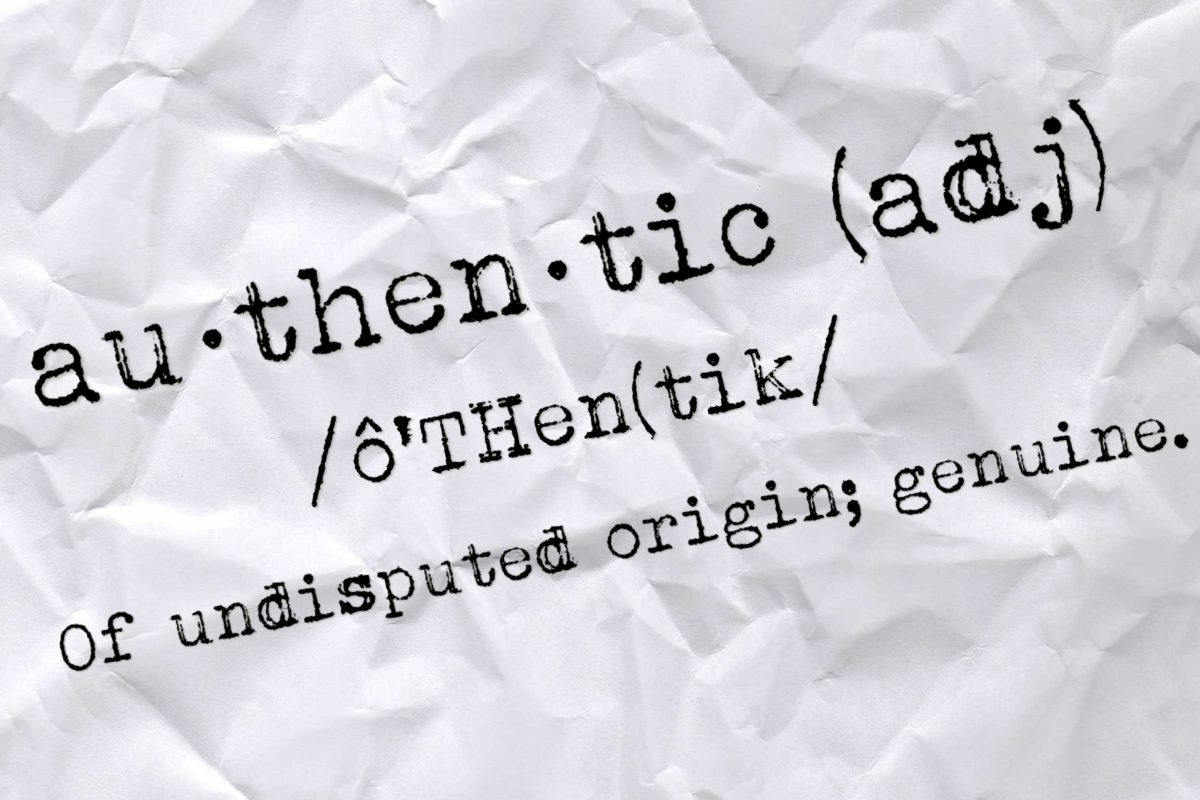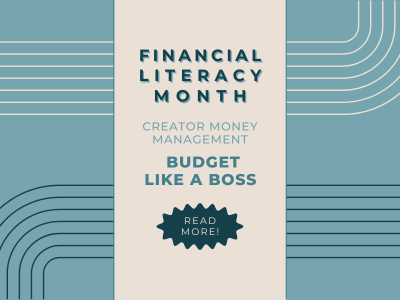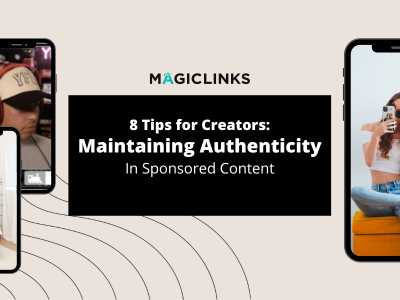These days, when you ask a kid what they want to be when they grow up, they’ll reply, “a YouTuber”. It seems like anyone can become YouTube famous, but keeping fame is another matter entirely.
The deciding factor? Authenticity.
Social media users are more apt than ever to distrust what they see online: 2018 brought seemingly endless news of fake news, data manipulation, hacks, and attacks on the credibility of public figures. Even with stringent FTC rules about disclosing affiliate links + sponsorships, advertisers and influencers find ways to skirt the law and slip sponsored content in under the radar. The shady practice of brands making under-the-table payments for negative reviews on competitors’ products came to light in late August 2018, thanks to professional MUA Kevin James Bennett’s now-infamous Instagram post.
Viewers, simply put, were stunned. They trusted influencers, because influencers are supposed to be real people, not the products of marketing firms and focus groups. Many popular YouTubers and Instagrammers spoke out against the scandal, claiming that they had never participated in “pay for negative reviews”, but viewers were, and remain, skeptical, particularly in this age of over-produced content.
We’ve always told you to stay true to yourself, no matter how many subscribers you have, and we’ll repeat it here. Be yourself, and fans will know. Be suddenly too well-spoken, too perfectly edited and timed, and your fans will smell a rat.
One way many creators are combating the skepticism? Increasingly turning to short-term content formats like Instagram Stories, Snapchat, Facebook Stories, and YouTube Stories as opposed to regular “feed” content like Instagram photos or YouTube videos. The ephemeral nature and off-the-cuff feel of this content feels more authentic, more honest than carefully edited photos, captions, and videos.











